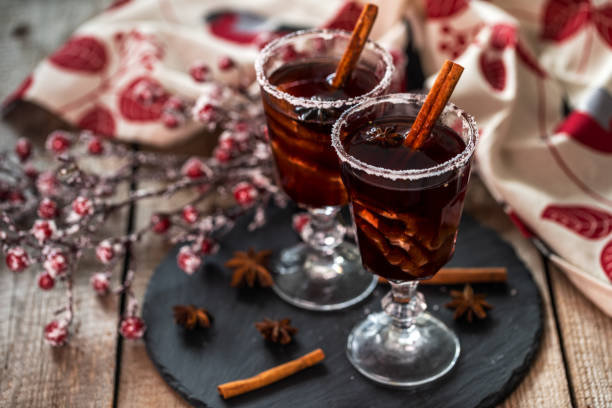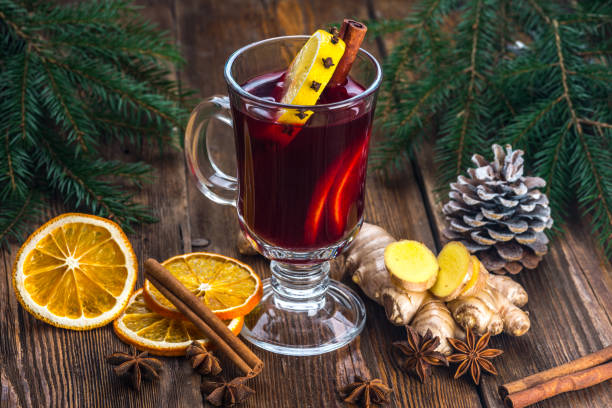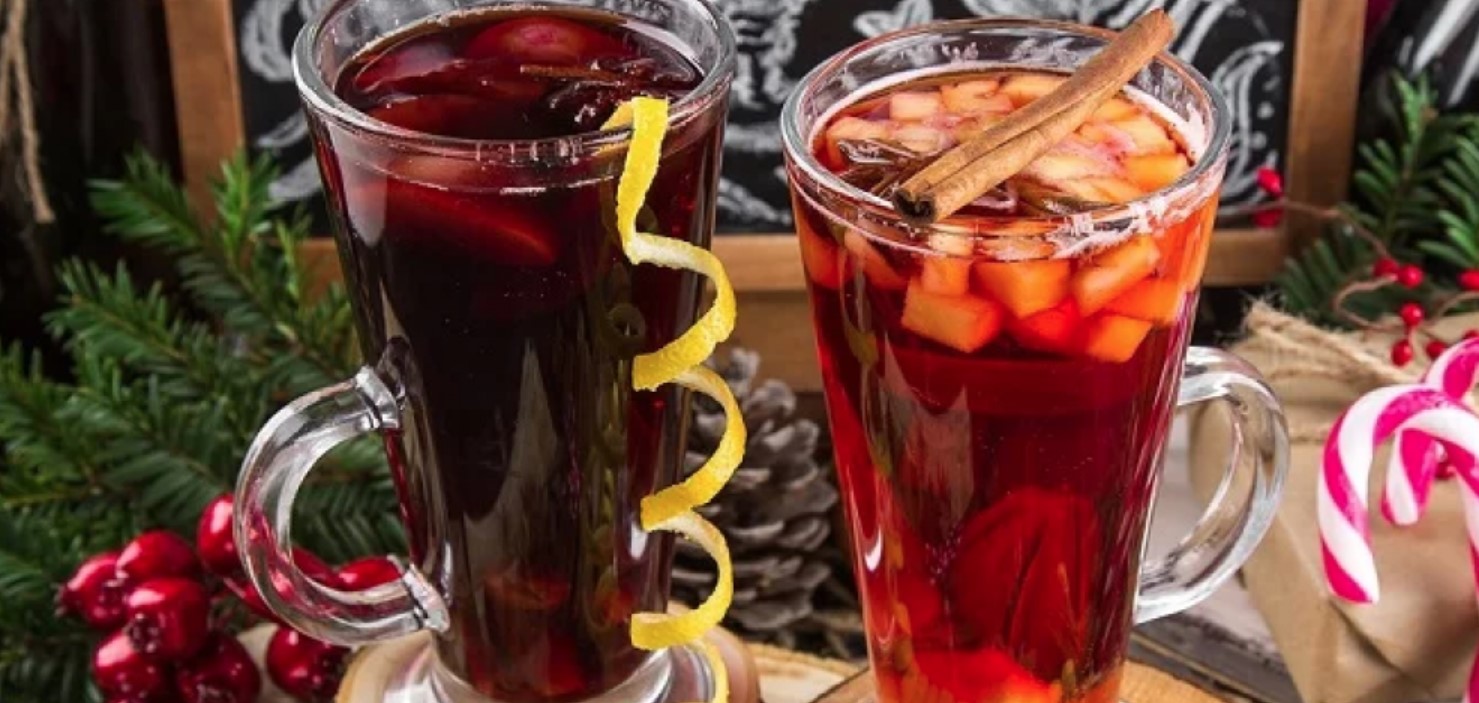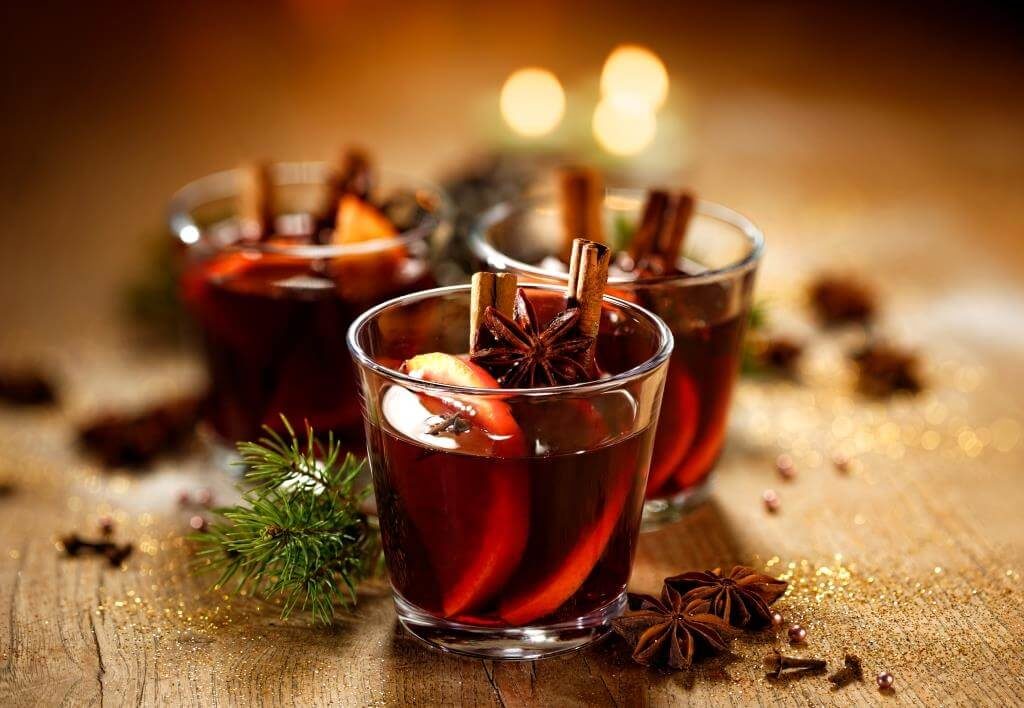The cold season is ideal for drinking mulled wine. The health-promoting effect of mulled wine was discovered thousands of years ago. However, the rule here is that one or two cups have this health-promoting effect.
The hot wine tastes best and is healthiest when it is made by yourself. The wonderful scent of the spices warms you from the inside as soon as you smell it. Here is a delicious recipe for a homemade mulled wine.
Ingredients for six people

- 1 liter of red or white wine
- 1/2 liter of water
- 10 cloves
- 2 cinnamon sticks
- 5 cardamom pods
- brown cane sugar or honey
- 3 unwaxed orange slices
Preparation of mulled wine
Bring all the ingredients to the boil very briefly and then leave them covered for about 30 minutes. Then strain the spices and the orange slices. The longer the ingredients are cooked, the more bitter the mulled wine becomes. Sugar or honey can also be varied individually, depending on how sweet the mulled wine should be.
Variation of mulled wine with a shot
A dash of fruit brandy or rum can be added to the basic mulled wine recipe, depending on taste. As a result, the mulled wine has a higher alcohol content and should therefore be drunk in moderation.
Variation with amaretto
30 ml Amaretto is added to the basic mulled wine recipe. This makes the mulled wine a special taste experience.
Glowing wine with a Caribbean flair
The ingredients of the basic mulled wine recipe are 30 ml coconut juice and 30 ml pineapple juice. This mulled wine is reminiscent of lonely beaches in the Caribbean. Due to the sweet taste, the alcohol content can often not be tasted and should therefore not be overlooked.

You can decorate the mulled wine in beautiful ceramic mugs with a handle. The mulled wine can be served with cinnamon sticks or unwaxed orange slices can be placed on the rim of the cup.
- Type of preparation: light
- Preparation time: 15 to 30 minutes






